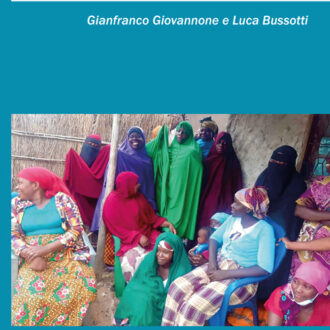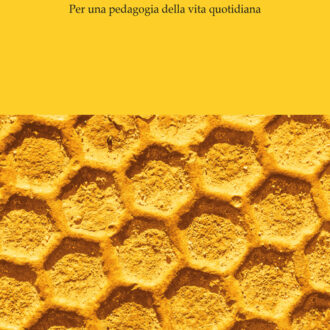ABSTRACT
During British imperialism in India, three categories of male bodies came to the forefront: the body of the sahib, the body of the lower-class Indian, and the body of the babu. To feed imperial ideology, these ‘types’ were supposed to look and act in specific ways: the body of the sahib should be virile and authoritative, that of the Indian effete and meek, and the body of the babu westernised – but within legitimised boundaries. Literary representations by the colonised sometimes share British perspective, while at other times they challenge it. By looking at the wide range of male figures in Rabindranath Tagore’s Gora (1910), the present study investigates how these highly charged male bodies were represented from a native point of view, and how different modes of masculinity emerged from the extremely tense political and socio-cultural atmosphere of the time. Attire, deportment, body language and bodily habits all concurred to shape masculinity. In Gora, different male bodies – both British and Indian – are deployed to achieve political, professional or personal goals. Significantly, the eponymous hero’s body acts as a powerful political statement: on the one hand, he makes it a distinctively Hindu body, voicing his criticism against British influence; on the other hand, Gora’s body is described through warfare metaphors, with special emphasis on all ‘virile’ characteristics supposed to belong exclusively to sahibs. Hence the colonised clings to his background but also appropriates some of the coloniser’s distinguishing bodily features, which become tools for his nationalistic struggle. This article will thus explore how, in the British Raj, masculinity and the political background became strictly intertwined.
Durante l’imperialismo britannico in India, tre categorie di corpi maschili assunsero un ruolo di rilievo: il corpo del sahib, il corpo dell’indiano di bassa casta, ed il corpo del babu. Al fine di giustificare e sostenere l’ideologia imperialista, questi corpi dovevano avere un aspetto ben determinato: il sahib doveva apparire virile e autorevole, l’indiano del popolo effemminato e docile, ed il babu doveva essere occidentalizzato – ma non troppo. Le rappresentazioni letterarie di tali figure da parte dei nativi possono condividere come anche sfidare la prospettiva britannica. Analizzando i molteplici personaggi maschili all’interno di Gora, il significativo romanzo del 1910 di Rabindranath Tagore, il presente studio si propone di esaminare come le suddette categorie di corpi maschili siano rappresentate da un punto di vista indiano, e come diversi modelli di mascolinità emersero dall’atmosfera politica e socioculturale estremamente tesa dell’epoca. Scopo ultimo di questo lavoro è pertanto documentare come, nel Raj, il concetto di mascolinità – sia inglese che indiana – venne profondamente influenzato ed ulteriormente complicato dall’ideologia imperialista.












Recensioni
Ancora non ci sono recensioni.